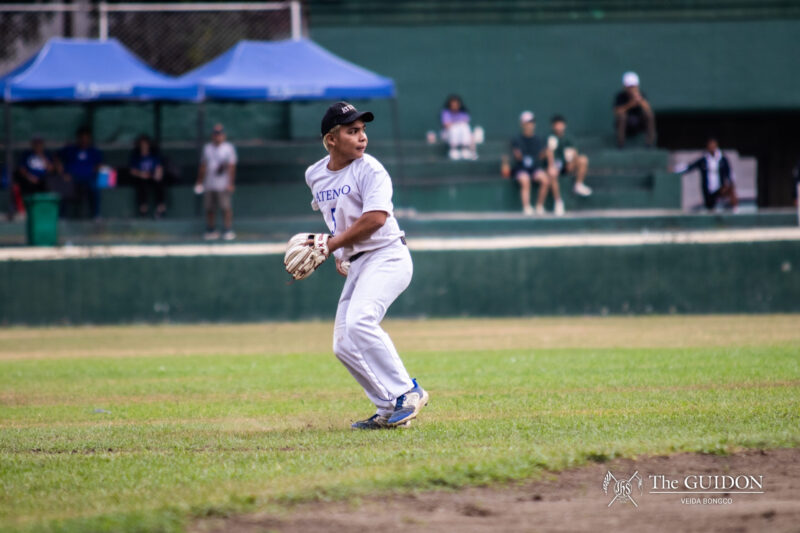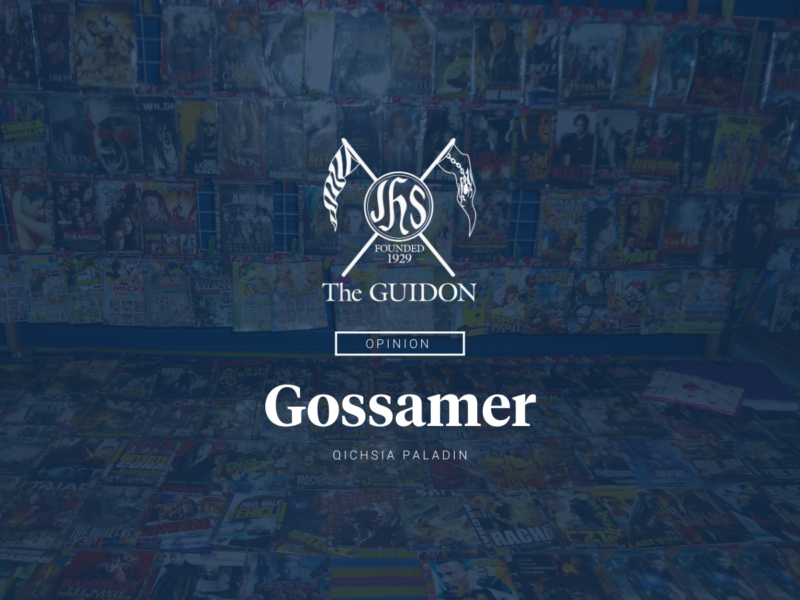Running is a basic activity that has been around since time immemorial, wildly popular around the world. In Running USA’s Annual Marathon Report for 2010, it was estimated that 467,000 runners in the US had finished a full 42-kilometer marathon in 2009 alone.
The numerous running events around the world testify to the wide popularity of this sport. The Boston Marathon has been held annually since 1897. Races like the Berlin Marathon attract as much as 40,000 participants. The London and New York marathons both saw about 50,000 participants this year. The Philippines also seems to be catching up on the running craze—just about everyone in Manila is running these days.
From recreational three- and five-kilometer runners, intermediate 10- and 21-kilometer runners, and serious 42-kilometer marathon finishers, running has been imprinted on mainstream consciousness. But since when was running the “in thing”? Will it fade, just like the badminton hype did, around half a decade from now?
In 1974, Milo pioneered the popularity of fun runs in the country, with the first ever Milo Marathon having little more than 700 participants. This number pales in comparison to today’s fun runs, which attract as much as hundreds of thousands of runners every weekend.
In the past three years, the running industry has grown exponentially. According to MoveForMove.org, Filipinos are estimated to have spent at least P9.3 million on running alone. In 2011, more than 373,000 Filipino men, women and children are estimated to have collectively run 39,670,140 race kilometers.
An average of 13 events per week has been recorded this year, marking a 6% increase from last year’s average of 2.13. Given these statistics, running has become billion-peso industry of its own.
The tipping point
In 2008, most road runs were held at the University of the Philippines Diliman, registration fees never exceeded P250, securing more than a thousand participants was already considered a huge feat, and the free running singlets given away were always of mediocre quality.
However, big corporations like Condura suddenly took interest in the running scene. They saw the potential of fun runs to raise awareness and funds for their charitable causes. The first Condura Run for the Tubbataha Reef was spearheaded by Condura President and COO Ton Concepcion back in 2008. It had 3000 participants—considered a big number at that time. In 2009, the Globe Run For Home event was born, becoming one of the first races in the country to have more than 6000 participants. “It was a really well-attended race, and set the template for future races in terms of scale, route and timing [technology],” says elite athlete Noelle De Guzman.
Today, in contrast, several races of gigantic proportions are held every weekend all over the country. Registration fees have escalated to as much as P1000 per run, and average participant turnout is around 5000. Then, there are the celebrities these running events draw in: showbiz personalities such as Piolo Pascual, Derek Ramsay, Iza Calzado, Drew Arellano and even the Azkals.
The leading race organizer in the Philippines, former UAAP track & field star Coach Rio Dela Cruz, has raised the bar for road runs in Manila. Dela Cruz has gone from “that guy with the big afro who organizes races” to a fast-rising business magnate, celebrity and the very face of running in the Philippines.
His company, Run Rio, is reputed for its well-organized road runs. Water stations are always overflowing, registration is convenient, gun start is on time, the post-race program is fun and race results are posted online immediately.
Dela Cruz has now expanded from coaching big names and organizing the biggest races in the country to putting up his own retail store called Riovana, dubbed as “the futuristic runner’s hub and sanctuary.” The store is stocked with all the needs of runners, and even houses a clinic, shower rooms and lockers at its Bonifacio Global City branch.
Jumping into the bandwagon
Recently, Riovana opened a branch at the Regis Center in Katipunan. This has proven to be very timely, as the running bug has bitten plenty of Ateneans. Students and teachers running around campus is a common sight, and they seem to be growing in number. While some have jumped into the bandwagon following the running craze, others join to enjoy the energetic and positive atmosphere at fun runs and to support causes close to their heart.
“I actually pick races based on the cause. It’s nice to be able to help whenever an opportunity presents itself, plus I still get to run so it’s a win-win situation,” says Ateneo senior Anna Santos.
“I love the whole experience and atmosphere… seeing the different walks of life coming together in one event and sharing the same experience. It’s also good, clean fun!” adds freshman Monica Dizon. On the other hand, elite athletes like De Guzman choose their races based on their training goals. “[I join a race] if I need to run a 21k leading up to a marathon, or a 5k as a tune-up to a sprint triathlon,” she shares.
For many people, running has become more than just an alternative to spending hours at the gym—it is now a lifestyle choice that brings about benefits, both physically and mentally. “I think people are getting into running on their own,” says BJ Abesamis, a long distance runner for the Ateneo Men’s Track and Field team. “I am observing increasing interest in triathlon, as people look for further challenges, and more runners [are conquering] the 42-kilometer marathon.”
Frannie Santos shares, “[Running] really pushes my body and mind to work together, and I like it because I like challenging myself.” Giving the same results as most fitness activities, running encourages brain stimulation and better circulation in the body.
“I like the focus I get from it. When I’m running, it’s like the only thing that matters is that I keep moving forward. Everything else—the things I have to do the rest of the day, the thoughts I’m preoccupied with—they all disappear once I start pounding on the pavement,” says Women’s Health editorial assistant Iya Joson.
Running in blue
From home grown fun runs like the annual Big Blue Run organized by the Ateneo Track and Field team to bigger scale events like the Run for Pasig and the Quezon City International Marathon, students flock the streets to break a sweat for a good cause.
Student organizations such as the Ateneo Junior Marketing Association and the Ateneo Special Education Society have made good use of the current craze, putting together fun runs to be held in December and January, respectively. AJMA’s Rundividual even received support from one of Manila’s largest fitness center chains, Gold’s Gym, which agreed to distribute its race kits in its branches. The run was also endorsed by a number of the Philippine Azkals, including Anton del Rosario and Chieffy Caligdong, and by celebrities Lauren Young and Mike Concepcion.
International athletes now flock to Manila just to join races. Kenyans are not an uncommon sight in the weekly Sunday races, but it is races with big cash prizes, like the CamSur Marathon in 2011, that encourages athletes like Nathan Naibei to fly to the Philippines just for one event. He won the 42-kilometer category and brought home P125,000. Elite triathlete and gold medalist for the 2008 Ironman World Championship 70.3, Terenzo Bozzone, flew in from Australia and competed against other professional triathletes from around the world at the 1st Cobra Ironman 70.3 in the Philippines in 2009.
Conversely, more and more Filipinos are training and traveling abroad to join races. In 2009, for instance, Filipina Tess Geddes joined the Marathon de Sables in Morocco, a 7-day, 250-kilometer race, while 2011 saw Millette Chiongbian join the revered Boston Marathon, a prestigious 115-year-old race that remains to be the “world’s oldest marathon.”
With its undeniable prolificacy and strong following, the running boom in Manila has evolved from “the new in thing” into something that has made Filipinos conscious of the need for long-term commitment to a healthy lifestyle. Everyone has their own goal: from “to improve my 5k time by 5 minutes” to “running my first full marathon,” to “learning how to swim so I can join a triathlon”—there is endless room for improvement.
Indeed, running has found a new home in Manila.









[…] posted by The Guidon Categories : Sports | Tags : campus journalism, campus paper, national […]
[…] the online edition of the GUIDON here. Share this:TwitterFacebookLike this:LikeBe the first to like this post. This entry was posted in […]
[…] Read the online edition of the GUIDON here. […]